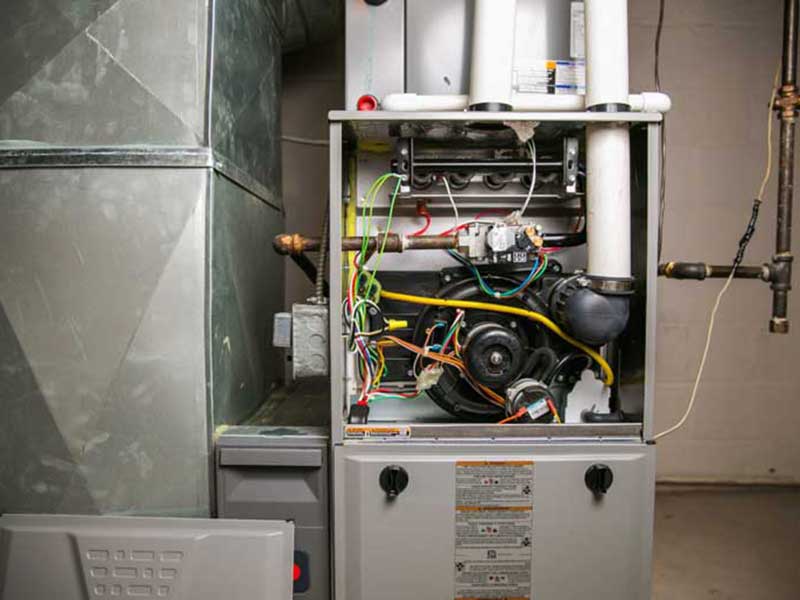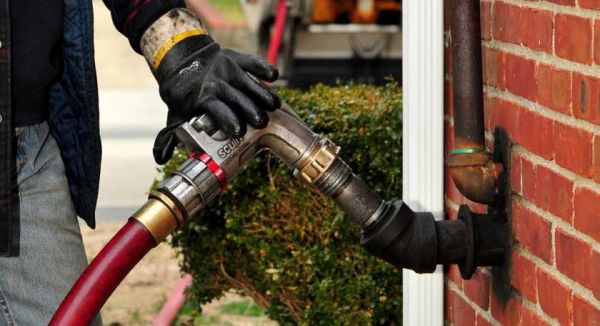Furnace Repair Checklist: What to Inspect Before Calling a technician
Is your furnace acting up? Before you reach for the phone to call a technician, take a deep breath. Furnace repair might sound daunting, but there are a few simple checks you can perform on your own. Oftentimes, the issue might be minor and easily fixable, saving you time and money. In this guide, we'll walk you through a comprehensive furnace repair South of Boston checklist to help you troubleshoot before seeking professional help.

Check the Thermostat
The first step in your furnace repair South of Boston journey begins with the thermostat. Make sure it's set to the desired temperature and in the correct mode, whether that's heating or cooling. Sometimes, the issue isn't with the furnace itself but with the thermostat's settings. A quick adjustment here might just solve the problem.
Inspect the Air Filters
Clogged air filters are a common culprit behind furnace problems. These filters should ideally be cleaned or replaced every 1-3 months. When they're blocked, airflow is restricted, causing the furnace to work harder and less efficiently. So, when you encounter a furnace repair issue, don't forget to peek at those filters.
Listen for Unusual Noises
Is your furnace making clanking, squealing, or banging noises? These sounds can indicate various problems, from loose parts to worn-out belts. While you might not be a furnace whisperer, identifying unusual noises can give the technician valuable insights when you finally do make that call for furnace repair.
Check the Circuit Breakers and Power Switch
Believe it or not, sometimes the issue might be as simple as a tripped circuit breaker or a turned-off power switch. Before you start to panic over a potential furnace repair scenario, make sure to inspect the electrical panel and the power switch connected to the furnace. A quick flip of the switch might bring everything back to normal.
Investigate for Gas Leaks
If your furnace is gas-powered, safety should be your top concern. Sniff around for any unusual gas odours near the furnace area. If you detect a gas leak, turn off the furnace immediately and leave your home. Contact a professional for furnace repair and have the issue resolved before using the furnace again.
Examine the Pilot Light
For older furnace models, the pilot light can be a good indicator of a problem. If the light is out, it might mean there's a malfunction with the ignition system or a gas supply issue. Follow the manufacturer's instructions to relight the pilot light if you feel comfortable doing so. However, if you're uncertain, it's best to wait for a certified technician for proper furnace repair.
Don't Overlook the Ductwork
Sometimes, issues with your furnace's performance could stem from problems with the ductwork. Check for any visible damage, disconnected sections, or excessive dust buildup. Damaged ducts can lead to uneven heating and cooling, making it seem like your furnace is acting up. Addressing these ductwork issues might save you from unnecessary furnace repair costs.
Regular Maintenance Pays Off
Prevention is the best medicine, they say. And it holds true for furnaces too. Regular maintenance can significantly reduce the chances of unexpected furnace repair needs. Consider scheduling an annual professional inspection and tune-up to keep your furnace running smoothly and efficiently.
Conclusion
Remember, while this furnace repair checklist can help you identify some common issues, not all problems are DIY-friendly. If you've gone through these steps and your furnace still isn't performing as it should, don't hesitate to call a certified technician. They have the expertise and tools to handle more complex furnace repair tasks.
So, there you have it! Armed with this checklist, you can approach furnace repair South of Boston with confidence and a clearer understanding of what might be causing the issue.
By taking these simple steps, you might just save yourself a service call and enjoy cosy warmth all season long.
Source From: Furnace Repair Checklist: What to Inspect Before Calling a technician

Comments
Post a Comment